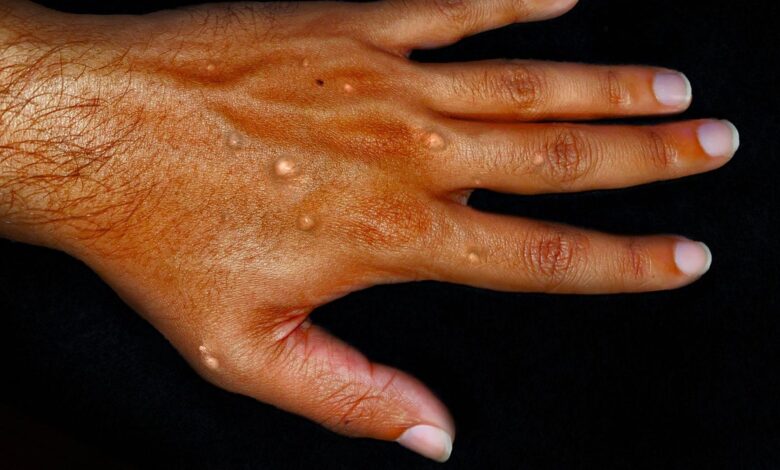This Mpox outbreak is not like the last one

In May 2023, the World Health Organization issued a statement declaring the end of mpox—formerly called monkeypox—as a public health emergency. Just over a year later, the agency was forced to backtrack, with a much more serious outbreak raging in parts of sub-Saharan Africa.
Statistics show that more than 15,000 cases of mpox and 461 deaths have been reported on the African continent since January, spreading beyond countries like the Democratic Republic of Congo (DRC), where mpox has long been endemic, to 13 other African countries: countries like Rwanda, Kenya, Burundi and Uganda, where the disease has not previously affected.
This new and more dangerous outbreak is a consequence of health authorities around the world not acting aggressively enough last time, according to scientists like Boghuma Titanji, an associate professor of infectious diseases at Emory University who studies mpox outbreaks.
It was the summer of 2022 when mpox propagation The first alarm bells rang. Suddenly, a virus that had been largely contained in parts of West and Central Africa spread across the world. From early 2022 to December 2023, there were 92,783 confirmed cases of mpox in 116 countries, resulting in 171 deaths.
Despite these numbers, the perception of its public health threat quickly faded. “Ninety-five percent of the cases in the 2022 outbreak were in men who have sex with men, reporting exposure through sexual contact or close contact with another infected person,” Titanji said. “It was a very concentrated outbreak, allow vaccination to be prioritized in that network.”
Countries in the global north have been successful in containing outbreaks within their borders. Meanwhile, Titanji said, stepped-up virus surveillance in African countries that have struggled with a steady rise in mpox cases over the past four decades has fallen early on the priority list, allowing a potentially more problematic variant to emerge undetected.
Mpox exists in two main subtypes, subtype 1 and subtype 2. Of those, subtype 1 is thought to be up to 10 times more deadly, especially in populations with weakened or developing immune systems, such as children under 5, pregnant women, and people with immunodeficiencies. That’s the strain behind this new outbreak, and why infectious disease scientists are so concerned. (A separate outbreak spreading in South Africa among people living with HIV is thought to be linked to subtype 2.)
“The global outbreak in 2022 is group 2 and has a case fatality rate of less than 1 percent,” said Jean Nachega, a Congolese infectious disease specialist and associate professor of medicine at the University of Pittsburgh. “Now we are talking about a strain that could have up to 10 percent death.”
While the previous outbreak primarily affected gay men, data suggests the new strain is also spreading much more widely, possibly initially through sexual networks and then passing to family members. Last month, Nachega and others published a paper in magazine The journal Nature Medicine describes how an outbreak of mpox in the small mining town of Kamituga in eastern DRC was transmitted by sex workers before spreading to neighboring Rwanda, Uganda and Burundi when infected people returned home to visit family.




